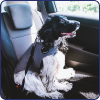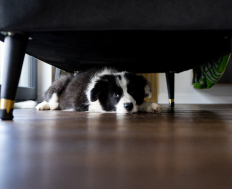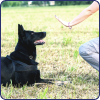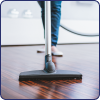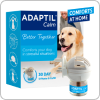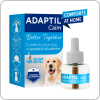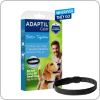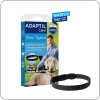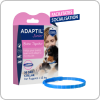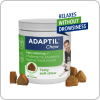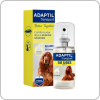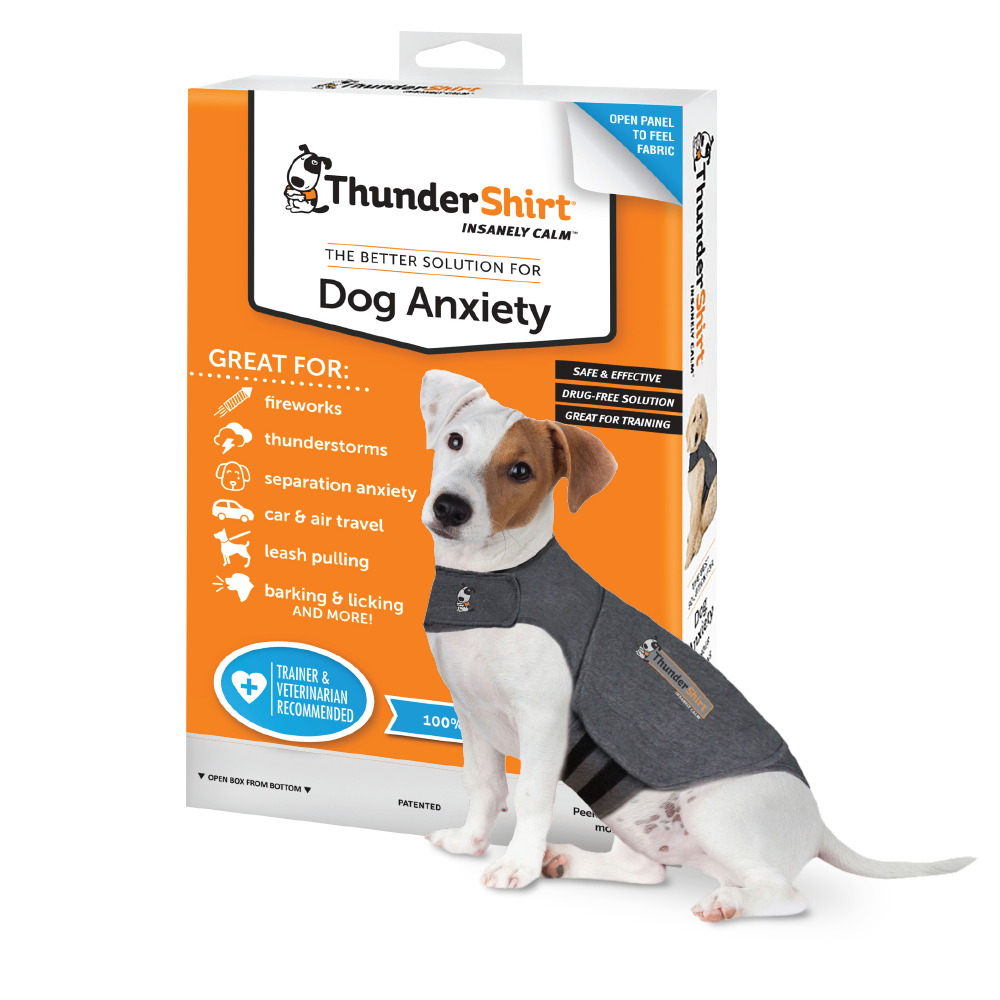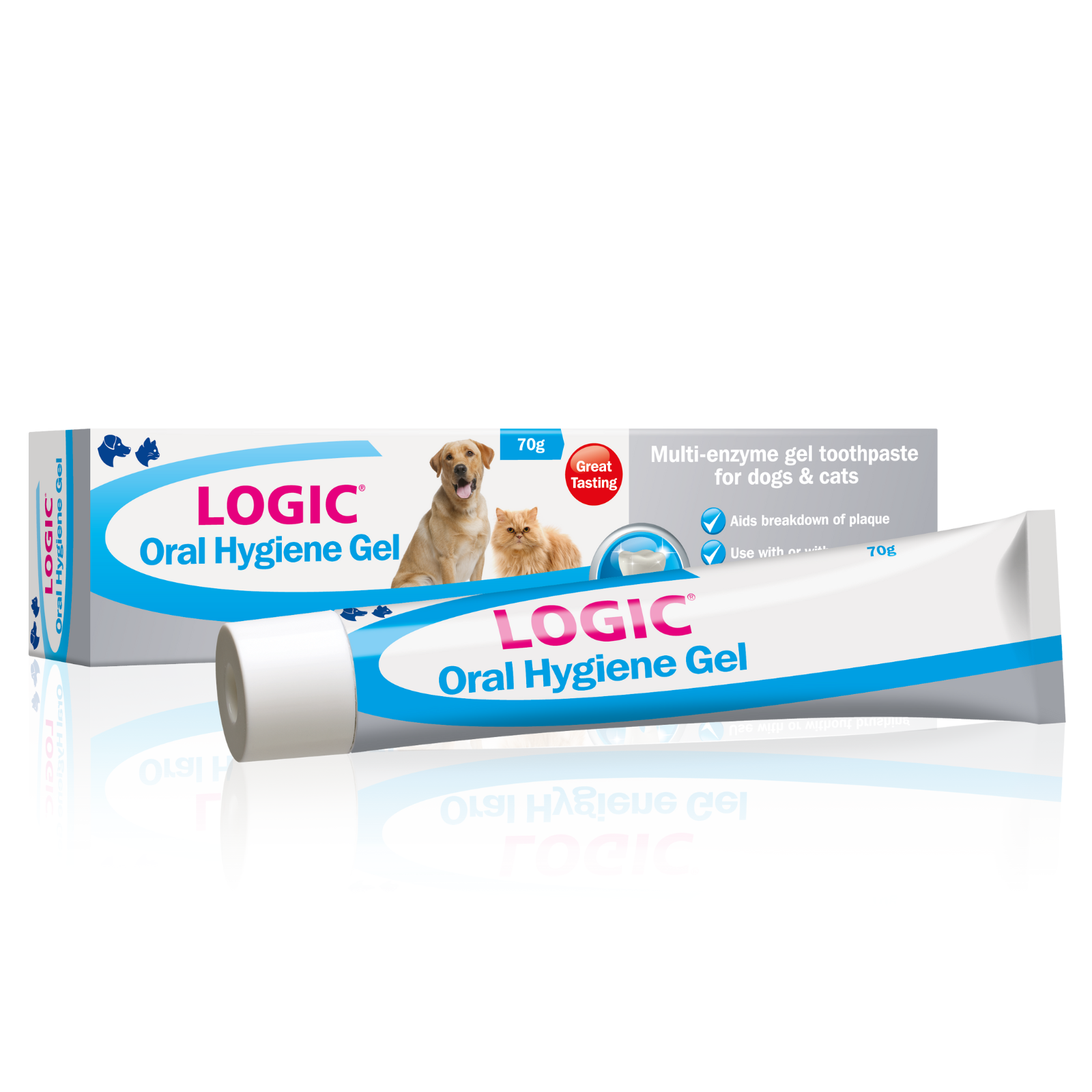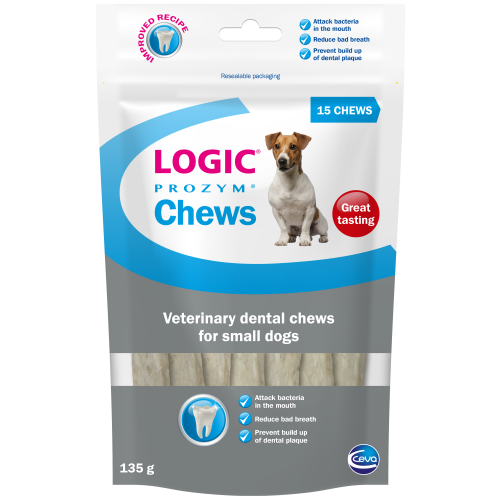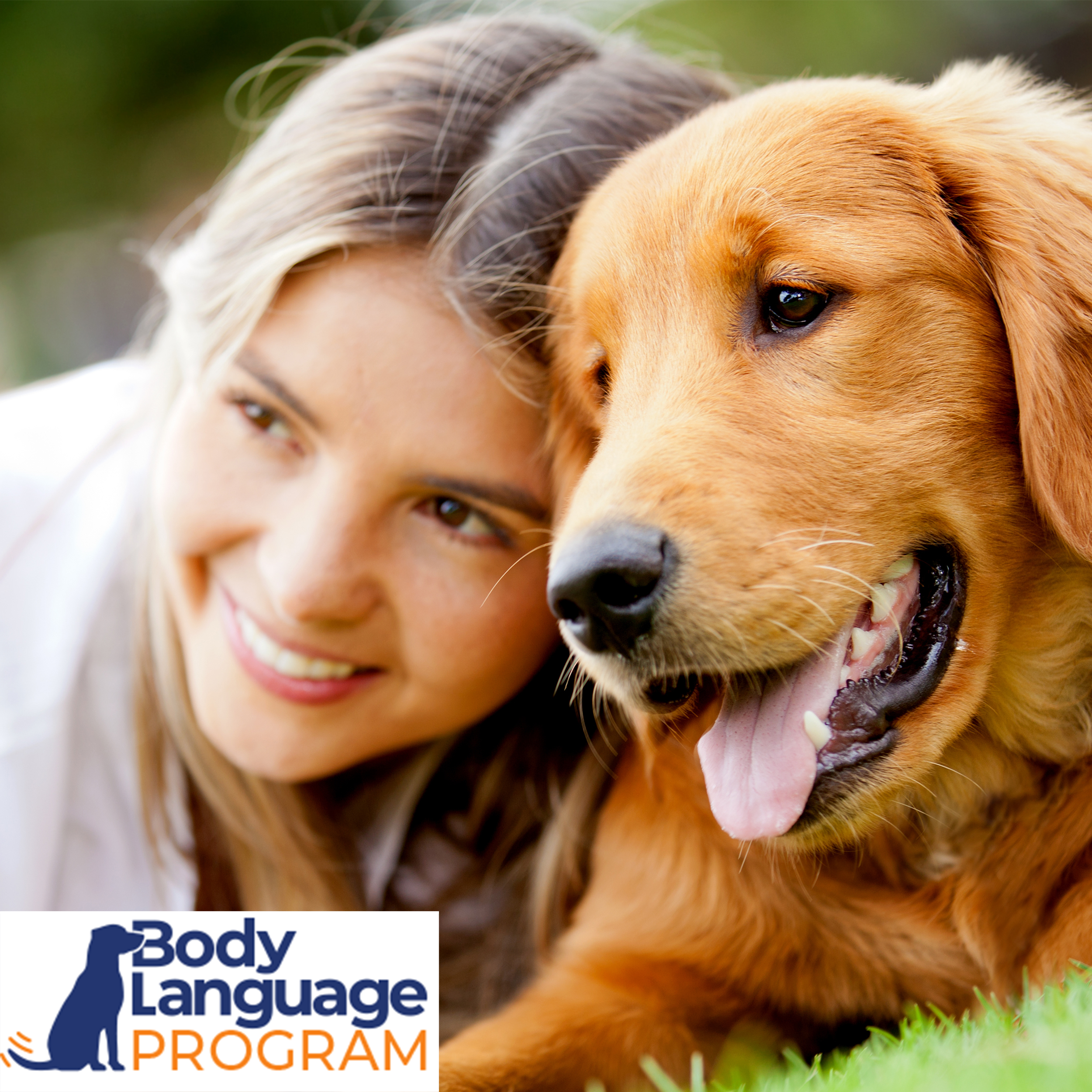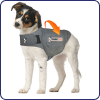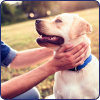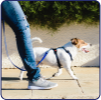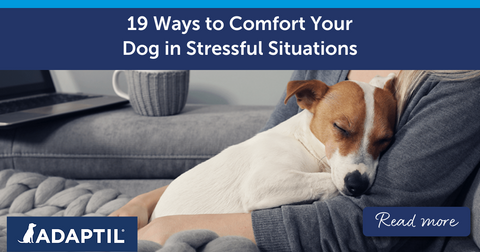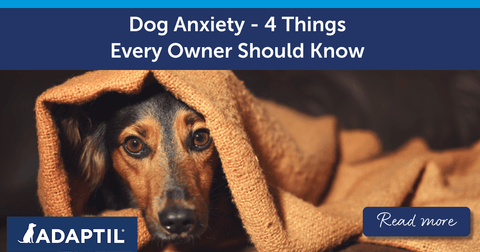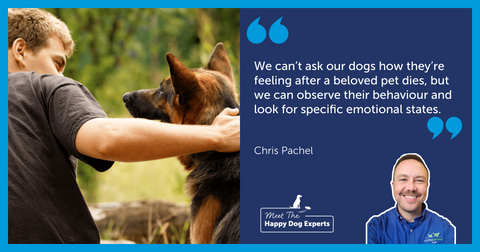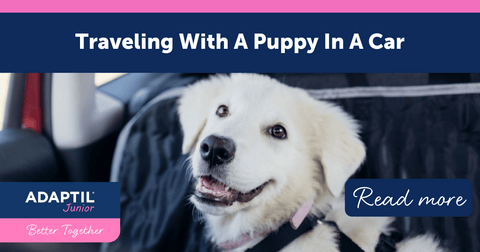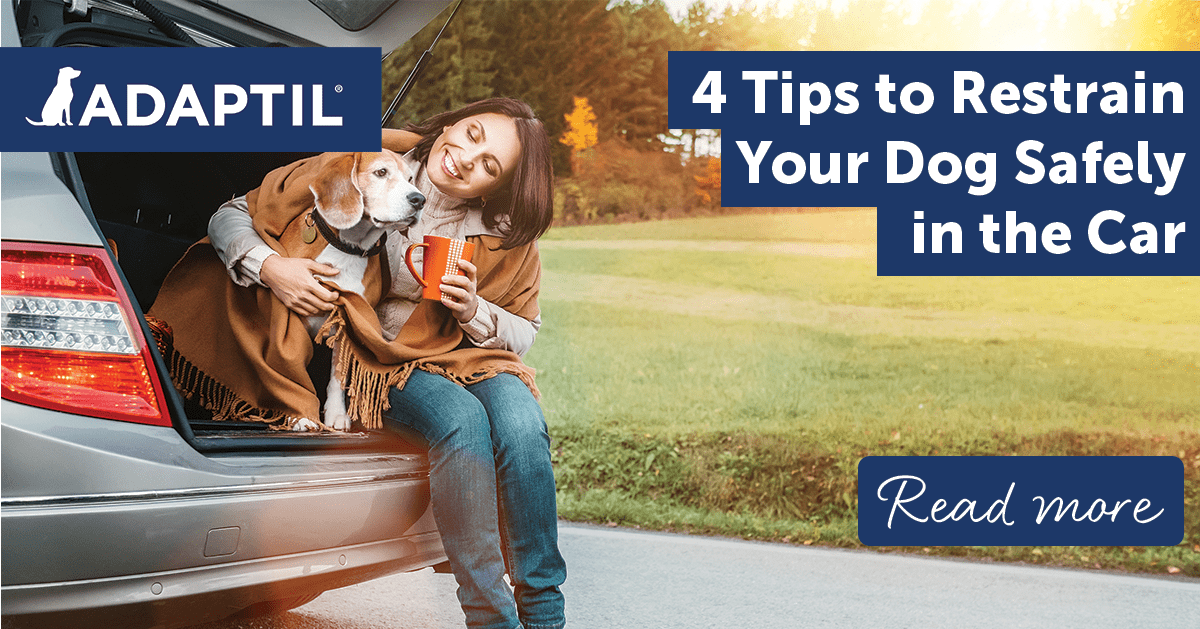
4 Tips to Restrain Your Dog Safely in the Car
Some people are fortunate enough to have sufficient green space close to home to walk their dogs; others who live in more built-up areas may have to travel further in order to exercise their pooch.
But wherever you live, the chances are that there will be occasions when you have to travel with your dog in the car, like a visit to the vet for example.
Depending on the country you live in, restraining your dog while travelling in the car may, or may not, be lawful but it is the driver's responsibility to make sure that your dog is safely restrained at all times to avoid distraction when you are driving and to protect you and your dog from injury if you need to make a sudden stop.
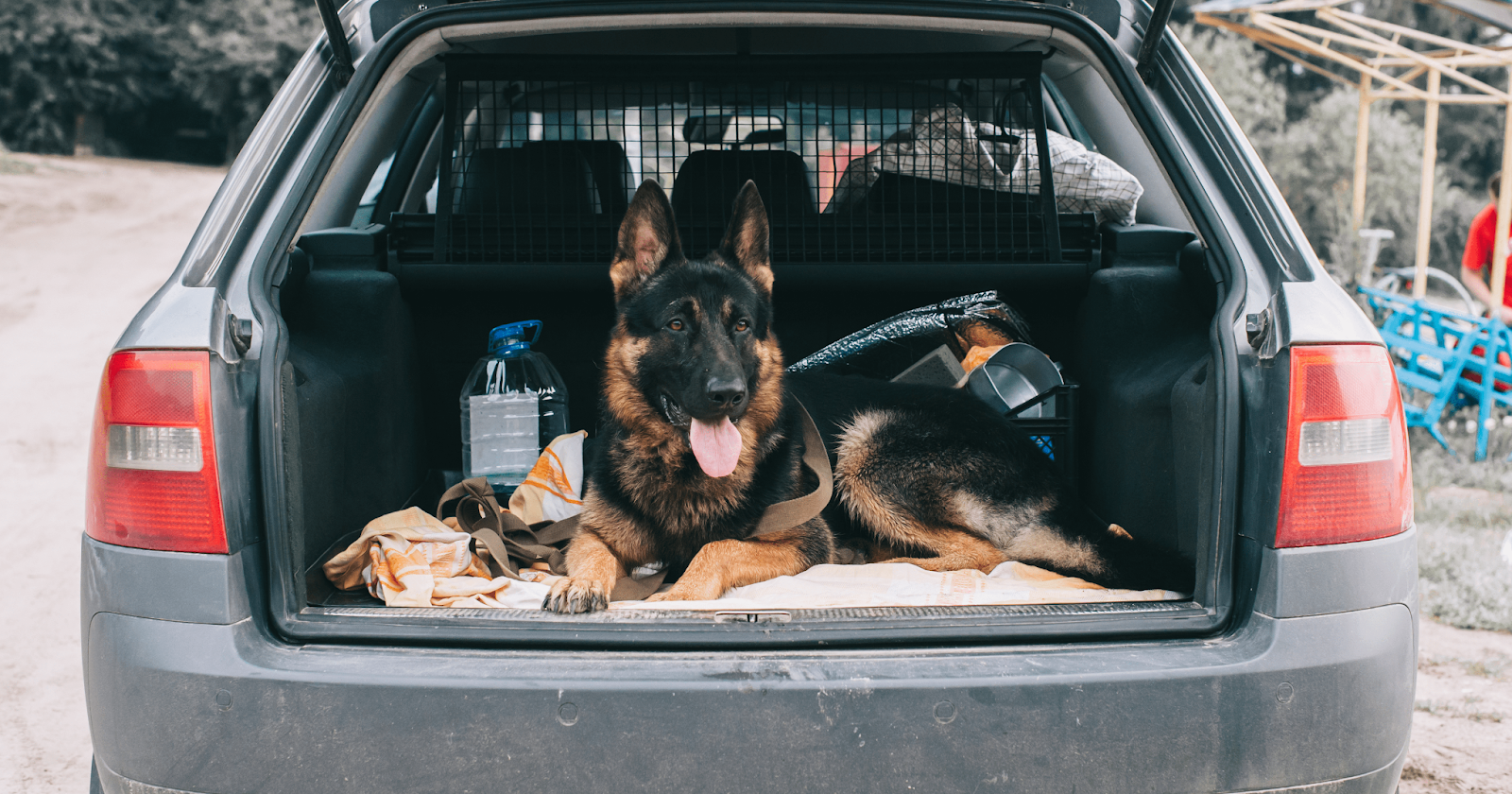
1. Help your dog to like going in the car
Not all dogs take to travelling and, for some, it can be a major problem and they become anxious even at the sight of a car. It is important that you help your pooch overcome any worries about travelling in a car they may have before a journey. Introduce them to the car slowly so that their association with it is positive. Look out for any signs of nervousness like drooling, foaming at the mouth or even vomiting. If your pet is showing any signs of car-related stress, get them checked out by a vet to rule out any medical conditions before commencing any positive car-association techniques.
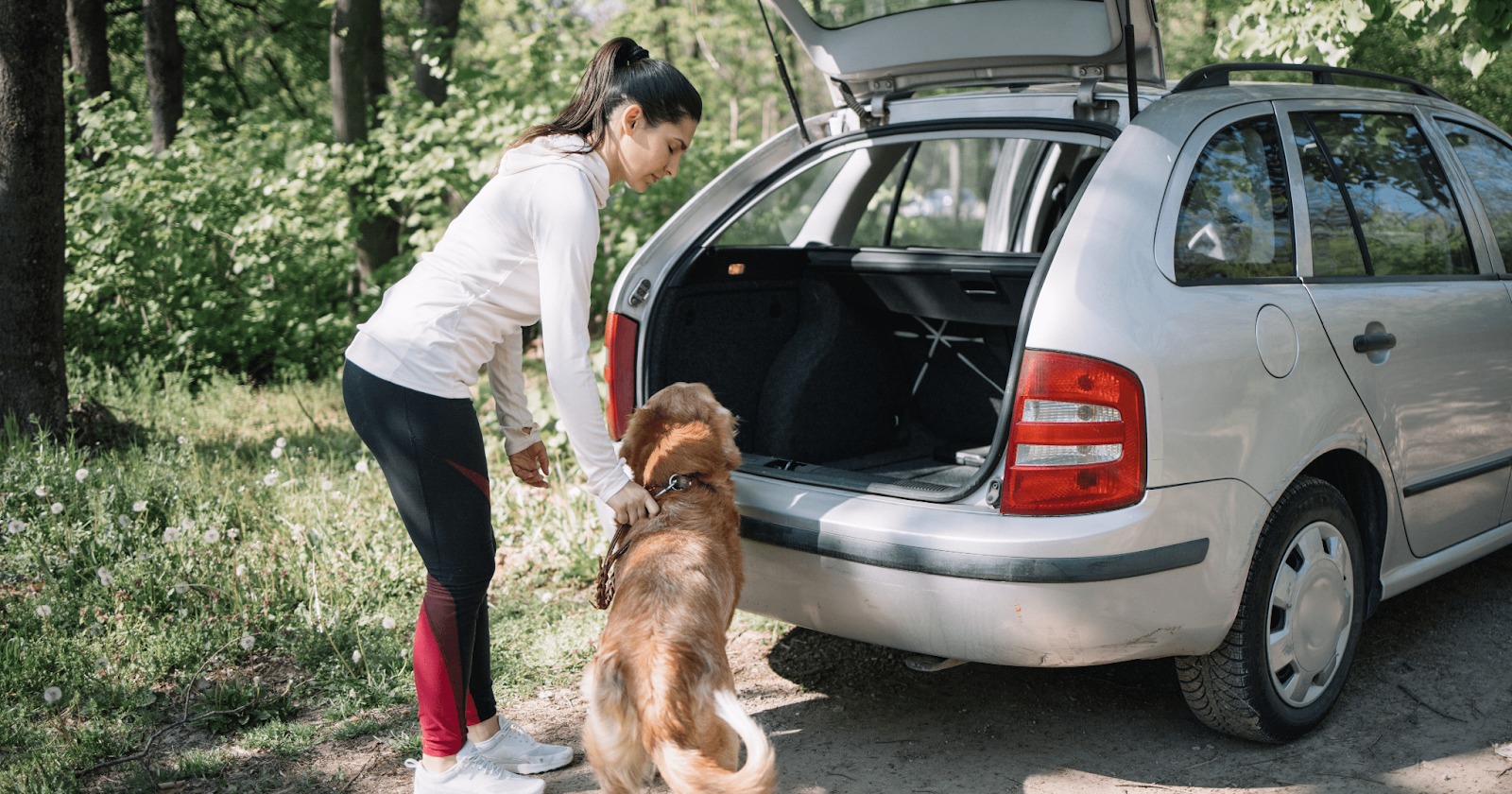
2. How to Choose the right dog restraint
There are various forms of restraint that you can use and you should make your choice by considering what would work best for you and your dog. It may take some trial and error to select the most suitable restraint - your dog may have a preference too!
Dog Crates and carriers
These can be made of firm materials like plastic or metal, or they can be soft materials with pliable frames. Make sure you have the correct size for your dog. If you have a larger dog breed, the crate/carrier should be placed in the boot of your car. If you have a smaller breed and you want them to travel in the main section of the car, they should be placed in the passenger footwell. This is more secure and will avoid harm if the airbag is deployed.
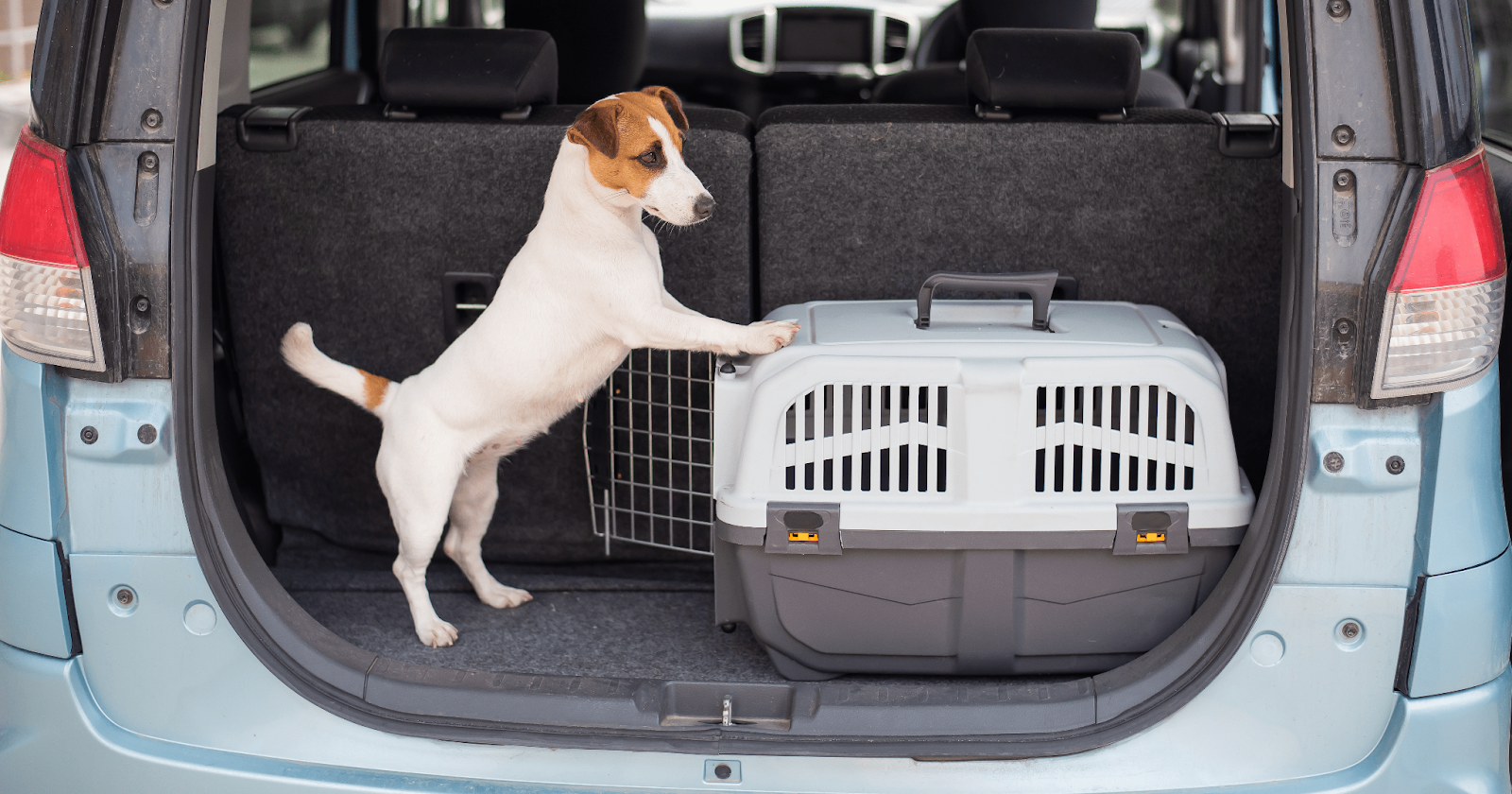
Dog Harness and Seatbelt
It's important that you get the right size to suit your pet. It should fit comfortably around its chest and neck - it will be correct if you can fit 2 fingers between your dog and the harness. It is also important to check that the harness has been crash tested before you purchase it.
Once you have placed the harness on your dog, it then clicks into the seat belt fittings - it's important to note that you never attach the seat belt to your dog's collar. If you like to have the window open for your dog, make sure they can't climb out while they are still attached to the seat belt/harness.
If your small dog likes to look out of the window while travelling, you can get a booster seat for them, but remember the dog still needs to be restrained.
Dog Guard or Barrier
These are frequently used for larger dogs and are fitted between the back of the rear seats and the boot. They are to prevent your dog climbing over the seats, so that other passengers are protected but be aware that your dog will not be as protected as if they were in a crate or wearing a harness. It is advisable to also use a harness rather than leave your dog free and to its own devices while in the boot. This would help avoid any injury to them if you need to stop quickly or you are in an accident.
Dog Crate
If your dog is already crate trained, this can be a good option. The crate should be large enough to enable your dog to stand up and turn around, but not too big for them to be thrown around in case of an accident. The crate should always be secured to ensure it does not move around when travelling.
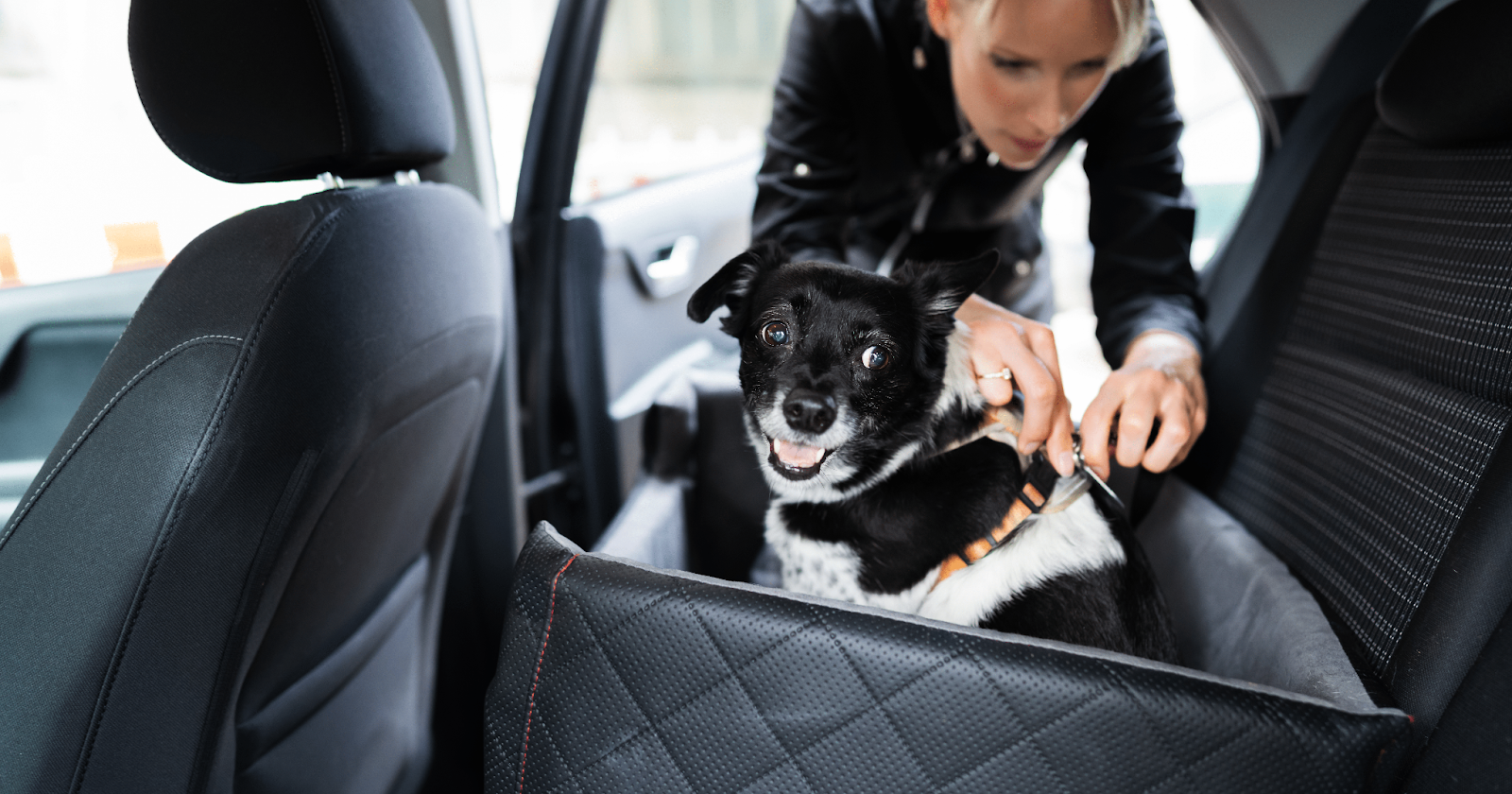
3. How to Train your dog for travelling in the car
Don't expect your dog to just 'click and go' when you travel in the car. They will need time to adjust to whatever form of restraint you are using. Introduce them to the harness, carrier, crate or barrier slowly. It's also important to reward progress and keep an eye on any signs that they may be uncomfortable.
- Encourage them to use the crate when in the home so that they can get used to it in their own time and get to know it as a safe haven.
- Fit their harness when at home and allow them to wear it for short periods of time so that they get used to it.
- Get them to sit in the car - without travelling - so that they get used to it in a different environment.
- Take short journeys to start with and allow them out of the car for frequent breaks
Read more top tips for travelling with your dog safely from our Happy Dog Expert, these training tips will help to reduce your dogs stress when travelling in a car.
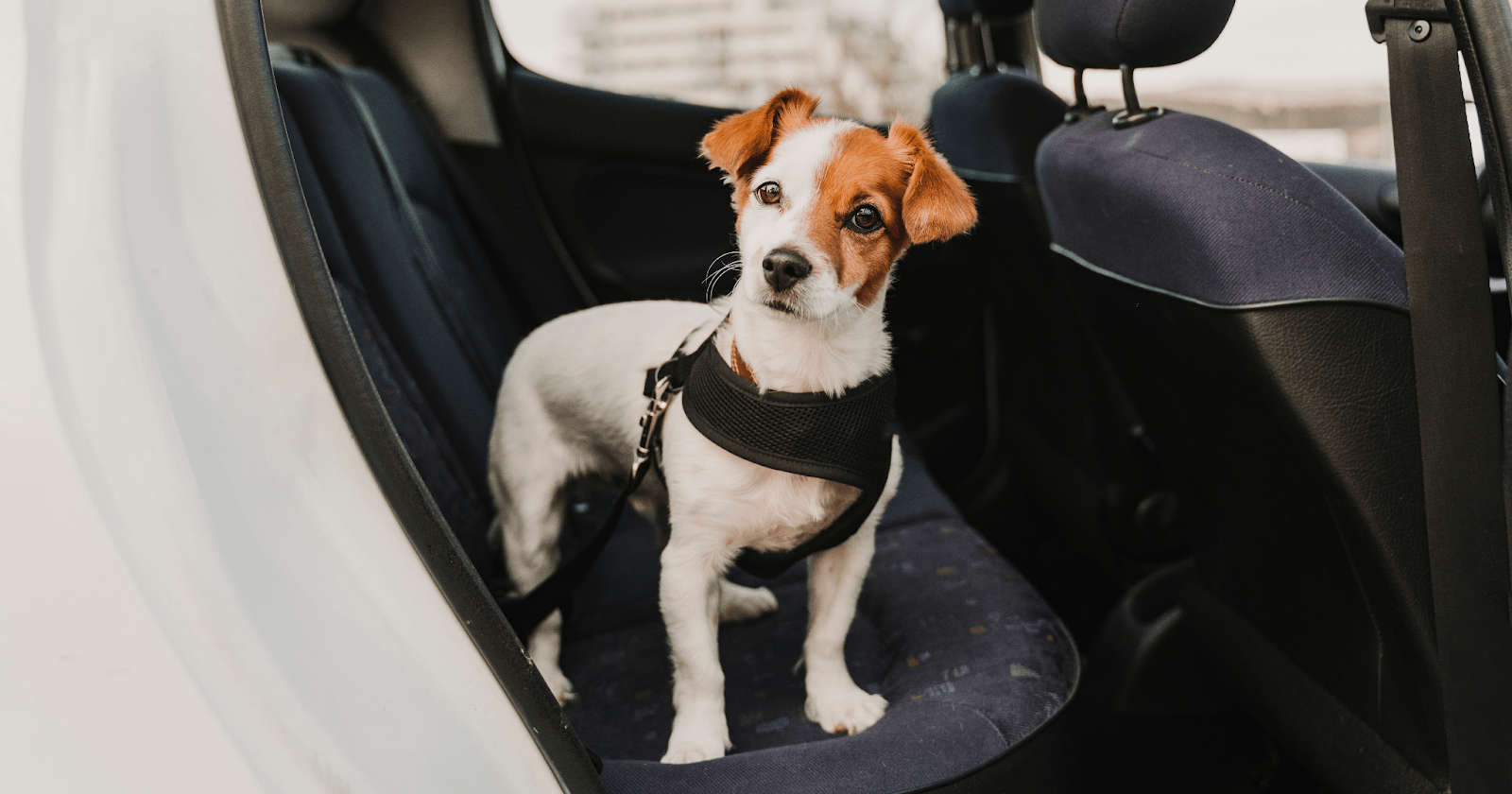
4. How ADAPTIL Transport Spray Can help your dog when travelling in a car
ADAPTIL Transport has been specifically developed to:
- Help calm your dog on the move
- Make travel and visits to the vet less stressful.
- Reduce panting, trembling and restlessness during travel.
Spray it directly in the car or in your dog's carrier before you travel, but NEVER spray directly onto your dog.
